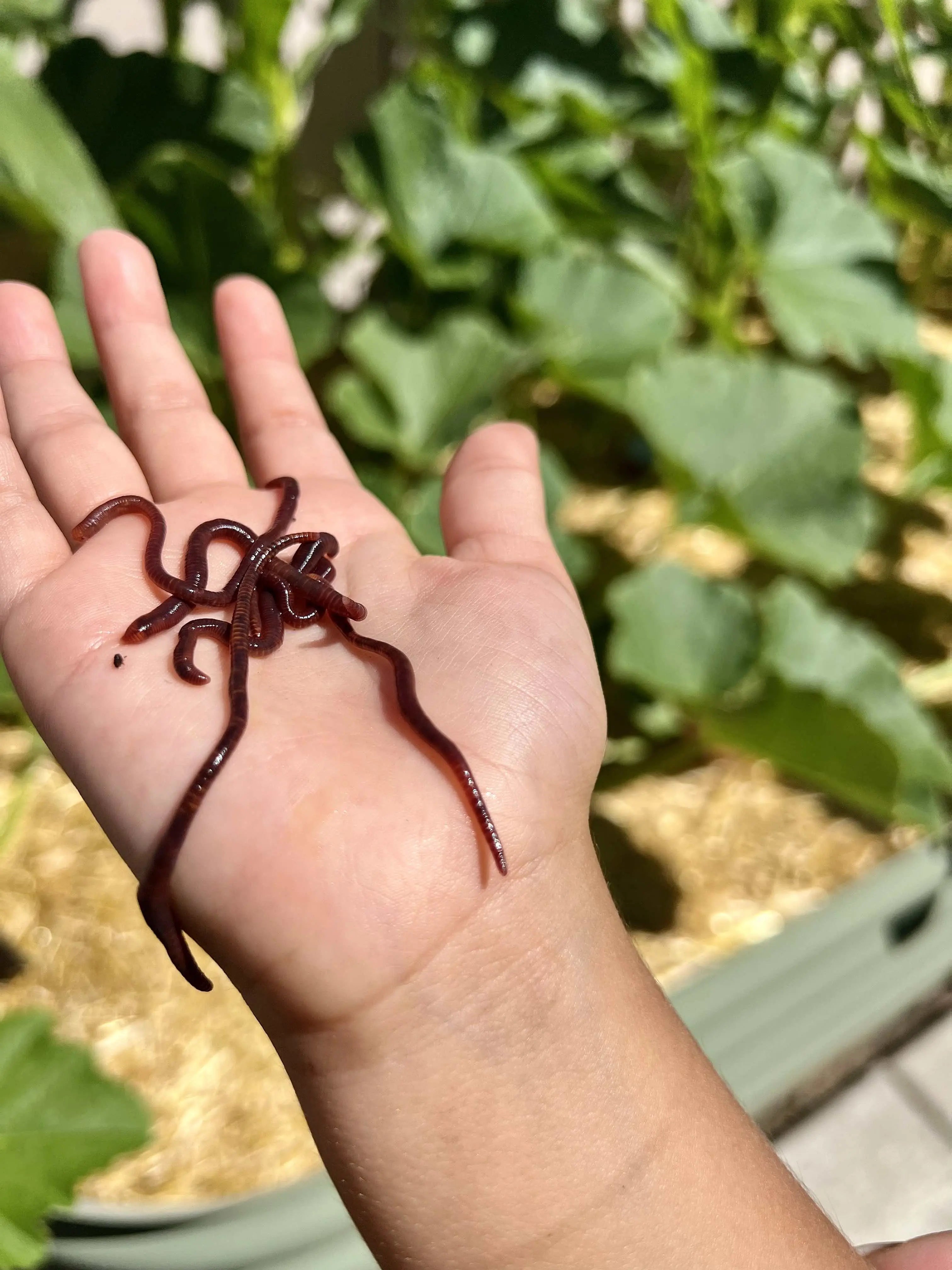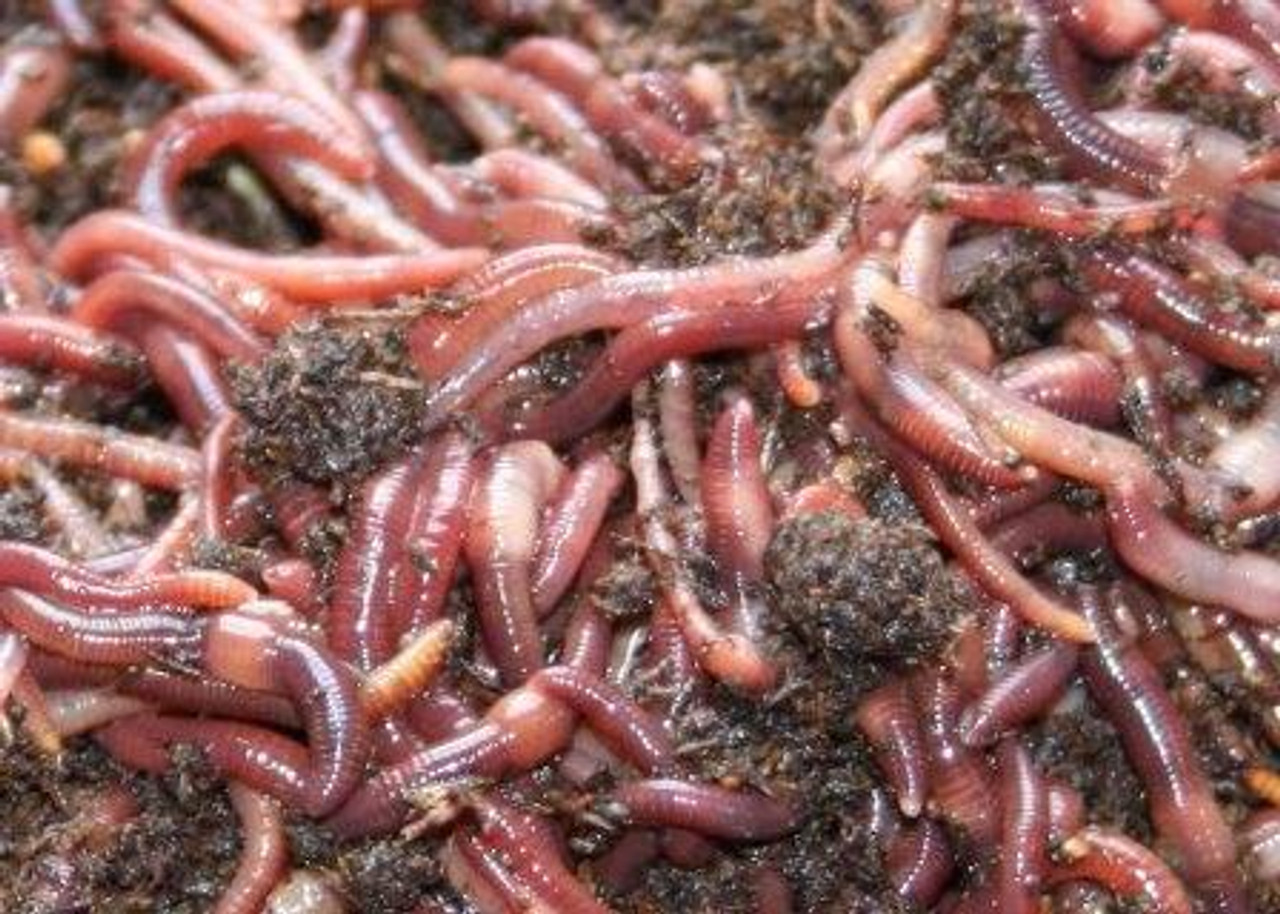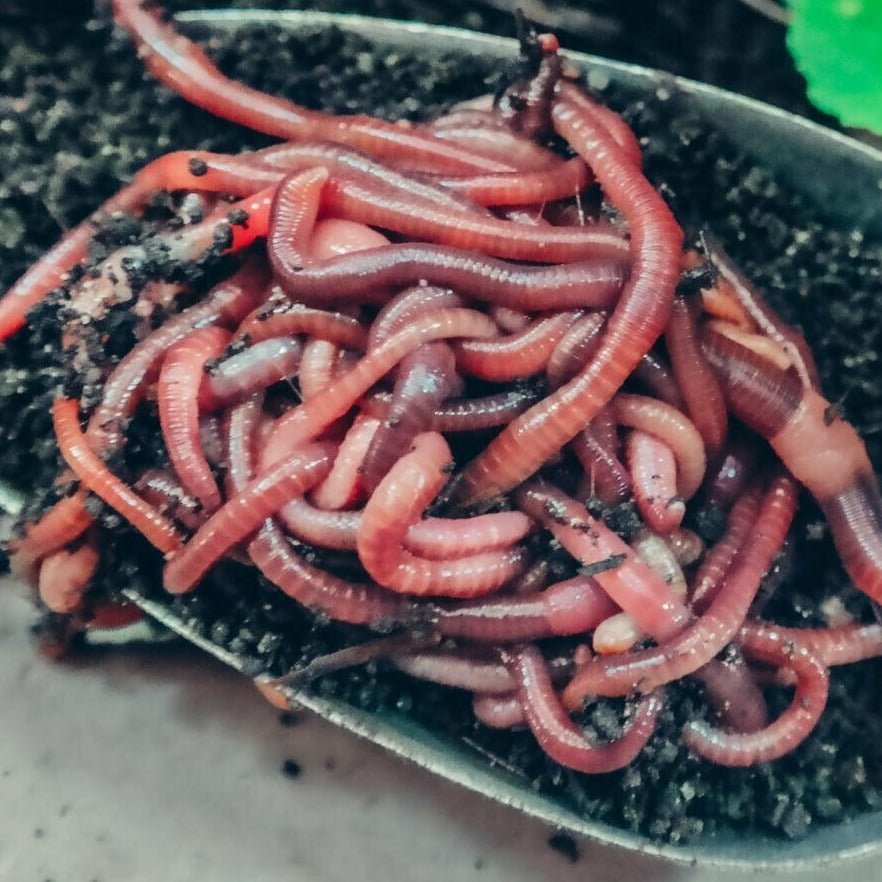Red Wiggler Express: Reliable and Top-Tier Worm Delivery Services
Red Wiggler Express: Reliable and Top-Tier Worm Delivery Services
Blog Article
Open the Tricks of Red Wigglers: Your Guide to Composting Success
The integration of red wigglers into composting practices offers a considerable possibility for enhancing soil health and wellness and promoting sustainability. Recognizing their requirements and habits is essential for maximizing their potential, from establishing up a proper worm container to feeding them the appropriate materials.

What Are Red Wigglers?
(Red Wiggler Express)Red wigglers, clinically called Eisenia fetida, are a species of earthworm mainly used in composting as a result of their impressive capacity to decompose natural issue efficiently. These worms are identified by their reddish-brown coloration and a fractional body, normally determining between 3 to 4 inches in length. Unlike other earthworm varieties, red wigglers thrive in abundant, natural settings, making them ideal for vermicomposting systems.
Native to The United States And copyright, they are usually found in decaying leaves and compost heap, where they play an essential duty in nutrient recycling. Their adjustment to residing in a damp, aerobic setting enables them to consume large amounts of organic waste, damaging it down right into nutrient-rich castings that improve dirt health and wellness.
Red wigglers reproduce quickly, with a solitary worm capable of generating several cocoons each week, each consisting of multiple hatchlings. Recognizing the biology and habits of red wigglers is vital for maximizing their possibility in composting applications.
Advantages of Utilizing Red Wigglers
Using the power of red wigglers in composting supplies numerous advantages that enhance soil wellness and promote sustainable waste monitoring. These impressive organisms efficiently break down raw material, transforming cooking area scraps and lawn waste right into nutrient-rich vermicompost. This ended up item is remarkably beneficial for plant development, as it improves dirt structure, increases dampness retention, and boosts nutrient accessibility.

(Lake Hickory Bait)Furthermore, the existence of red wigglers in your composting system can increase the composting process, generating top notch compost in a fraction of the time contrasted to conventional approaches. The castings created by these worms are likewise bursting with useful bacteria that better improve the dirt ecological community.
Establishing Your Worm Container
Producing an effective worm bin is an uncomplicated process that can considerably boost your composting efforts. The very first step is choosing an appropriate container. Worm bins can be made from plastic storage space bins, wooden boxes, or readily available worm bins. Ensure the bin has adequate water drainage and air flow openings to preserve optimal wetness degrees and air flow.
Following, prepare the bed linens material, which official source offers as the worms' environment. A mix of shredded newspaper, cardboard, and coconut coir functions well, supplying a comfortable environment for the worms.

Feeding Your Red Wigglers
To ensure the health and wellness and efficiency of your red wigglers, it is vital to give them with a balanced diet that fulfills their nutritional needs. Red wigglers prosper on a diverse array of natural materials, which not only provide needed nutrients but also advertise effective composting.
Beginning by including cooking area scraps such as vegetable peels, fruit cores, and coffee grounds. Prevent citrus fruits, onions, and garlic, as these can be damaging to worm health and wellness. In addition, present shredded paper, cardboard, and completely dry leaves to produce a well-aerated environment.
Feeding frequency ought to be monitored; typically, worms can consume half their body weight in food weekly. It is vital to stay clear of overfeeding, as excess food can lead to unpleasant smells and bring in parasites. A great practice is to include food in percentages, permitting worms to refine it before introducing more.
Maintaining wetness levels is additionally important; the bedding should be moist however not soggy. Lastly, be sure to regularly inspect the temperature level and pH levels of the container to make certain an optimal atmosphere for your red wigglers, eventually boosting their composting performance.
Harvesting and Utilizing Garden Compost
A successful composting process with red wigglers culminates in the abundant, dark garden compost called vermicompost, which can significantly enhance soil wellness and plant development. Gathering this nutrient-dense material typically occurs every three to six months, depending on the dimension of your system and the quantity of organic matter being refined.
To gather, delicately different the garden compost from the worms and any type of undecomposed products. One efficient technique includes relocating the contents of the bin away and including fresh bed linens and food to the empty area, urging the worms to move. After a few days, the garden compost can be accumulated from the contrary side.
It is essential to utilize vermicompost properly to maximize its benefits. By integrating vermicompost into your horticulture program, you not just recycle organic waste but additionally produce a successful environment that sustains sustainable horticulture methods.
Final Thought
In summary, red wigglers function as exceptional allies in composting initiatives, transforming natural waste right into nutrient-rich vermicompost (Red Wiggler Express). Their distinct biological qualities and effective waste handling capacities add dramatically to lasting horticulture techniques. By comprehending the ideal problems for their habitat, feeding requirements, and garden compost harvesting strategies, gardeners can improve dirt health and promote plant vitality. Embracing vermicomposting not only minimizes land fill waste yet additionally promotes a more environmentally responsible approach to gardening and source administration.
Report this page